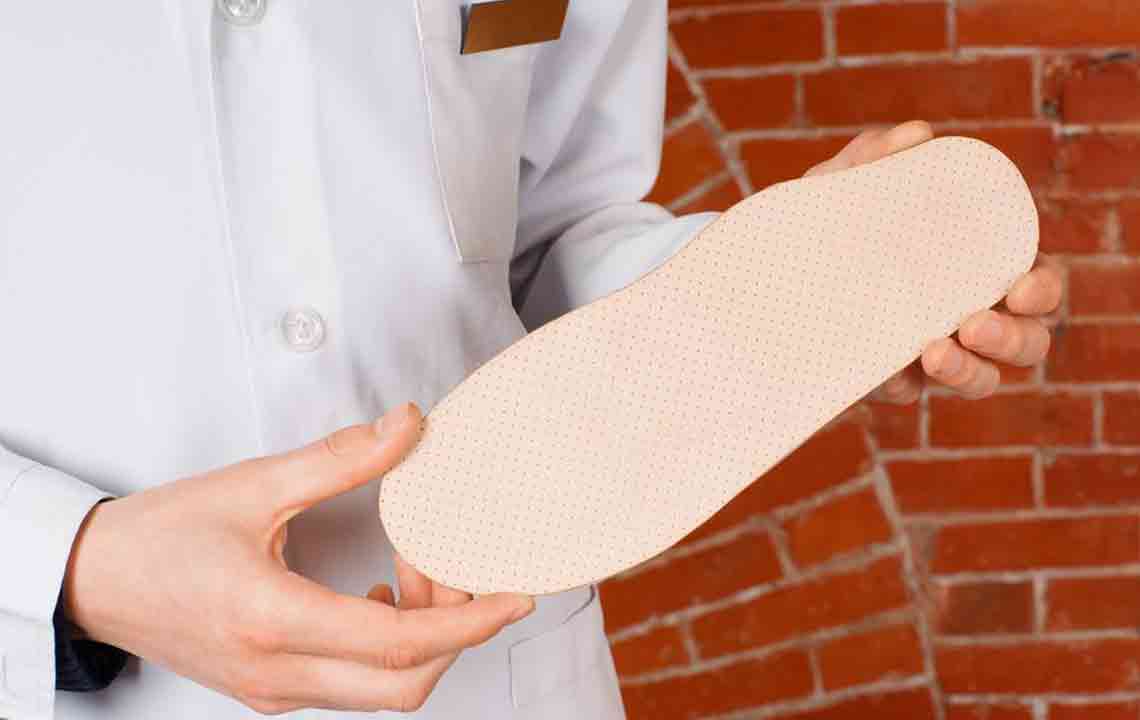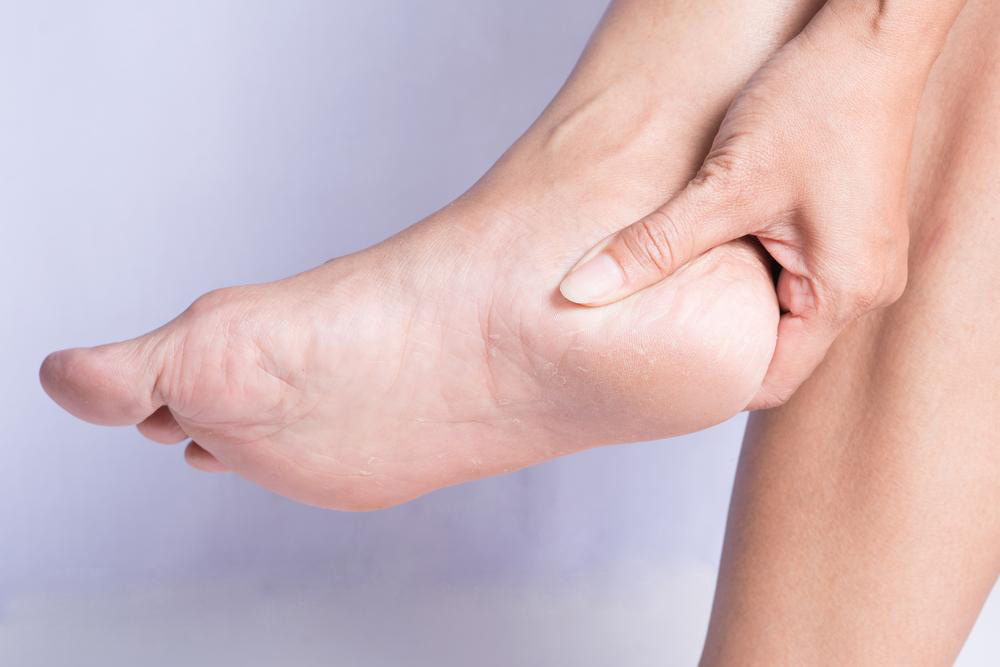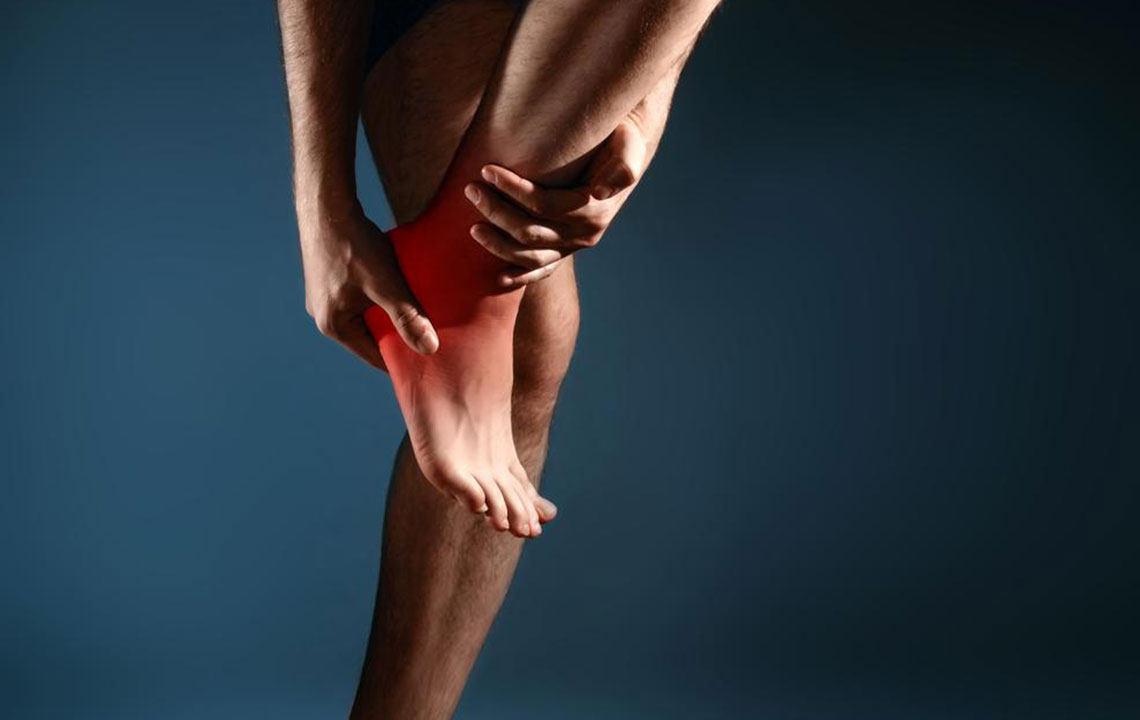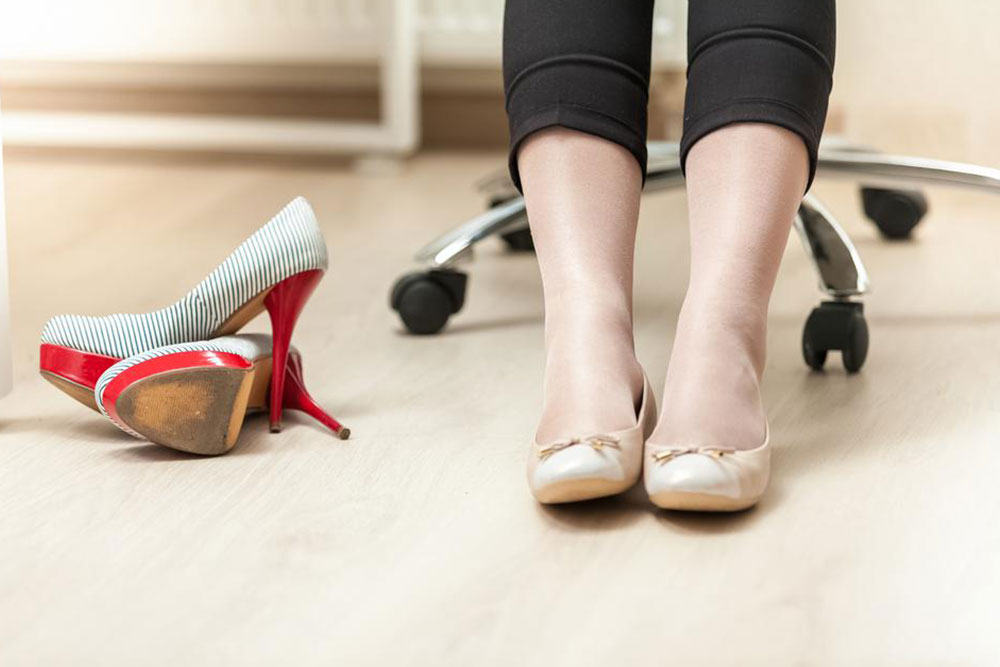Comprehensive Guide to Using Orthopedic Insoles for Effective Heel Pain Relief
This comprehensive guide explores effective strategies for using orthopedic insoles to relieve heel pain caused by plantar fasciitis. It covers causes, triggers, prevention, and treatment options, emphasizing the importance of proper support and lifestyle adjustments. Learn how custom and over-the-counter insoles can significantly reduce inflammation, improve mobility, and promote faster healing. Whether you're experiencing mild discomfort or chronic pain, understanding when and how to use supportive insoles can help you maintain healthy, pain-free feet effectively.

Comprehensive Guide to Using Orthopedic Insoles for Effective Heel Pain Relief
Heel pain is a common ailment that many people experience, particularly due to plantar fasciitis. This condition results from inflammation and damage to the plantar fascia, a thick band of tissue that runs along the bottom of your foot, connecting your heel bone to your toes. When this tissue becomes inflamed, it leads to discomfort, stiffness, and sharp pain, especially during mornings or after long periods of standing or walking. Fortunately, using orthopedic insoles can be a highly effective method to manage and alleviate heel pain caused by plantar fasciitis. This detailed guide explores how to properly utilize these insoles, the causes of heel pain, prevention strategies, and treatment options to promote healthier, pain-free feet.
Understanding Plantar Fasciitis and Heel Pain Triggers
Plantar fasciitis is primarily caused by repetitive strain and pressure on the plantar fascia, leading to inflammation and micro-tears in the tissue. Chronic poor arch support is a significant contributor, often resulting from wearing unsuitable shoes or walking barefoot on hard surfaces for extended periods. Other common factors include excess weight, sudden increases in physical activity like running or jumping, muscle weakness in the feet and ankles, injuries, tightness in the calf muscles, and degenerative conditions such as arthritis. These elements cause additional tension and stress on the heel's tissues, resulting in pain and stiffness, especially after periods of rest or prolonged standing.
Age-related degenerative changes, typically between 40 and 60 years, also increase susceptibility. Athletes engaged in high-impact sports or individuals with flat feet or fallen arches are at higher risk. Occupations demanding long hours of standing or walking, such as retail workers, teachers, or healthcare professionals, further amplify the likelihood of developing heel pain. Recognizing early signs and understanding the underlying causes are crucial steps toward effective treatment and avoiding chronic conditions that can impair daily activities and overall mobility.
Effective Treatment and Prevention of Heel Pain
Addressing heel pain involves a combination of proper footwear, targeted exercises, and orthotic support. Using supportive shoes equipped with high-quality insoles can make a significant difference in reducing strain on the plantar fascia. Custom orthotics or over-the-counter insoles designed for arch support help distribute pressure evenly across the foot, alleviating tension and reducing inflammation.
Insoles made from shock-absorbing materials like foam, gel, rubber, or plastic provide cushioning that absorbs impact forces during walking or running. These features protect the heel and give stability, aiding healing and minimizing discomfort. Studies suggest that incorporating supportive insoles can decrease plantar fascia stress by more than 25%, thus promoting faster recovery and pain relief.
When to Use Orthopedic Insoles
Orthopedic insoles should be used proactively if you experience persistent heel pain, especially when symptoms worsen after activity or upon waking. For mild discomfort, over-the-counter insoles can be a suitable starting point, but if symptoms persist beyond a few weeks, consultation with a healthcare professional is recommended. Custom orthotics, tailored to your specific foot structure and needs, offer superior support and are usually prescribed for severe or chronic cases.
Proper placement and consistent use of insoles are key to seeing benefits. Ensure your shoes provide enough room for the insoles and replace them periodically to maintain optimal cushioning and support. Combining insoles with stretching exercises targeted at the Achilles tendon and plantar fascia can further enhance healing and prevent future episodes of heel pain.
Choosing the Right Orthopedic Insoles for Long-Term Pain Management
Investing in high-quality orthopedic insoles is a proactive approach to heel pain management. While generic insoles are easily accessible and cost-effective, custom orthotics offer personalized support that aligns with your specific foot anatomy, ensuring maximum comfort and effectiveness. These tailored devices can correct biomechanical issues, improve gait, and reduce the risk of re-injury.
When selecting insoles, consider factors such as material durability, shock absorption capacity, fit, and whether they suit your activity level. Maintaining good foot hygiene and replacing insoles as recommended by your podiatrist or orthopedist are essential practices to sustain foot health. Remember, early intervention with proper support can prevent the progression to chronic heel pain, preserving mobility and quality of life.
In summary, using orthopedic insoles is a vital step in effectively managing heel pain caused by plantar fasciitis. By understanding the causes, appropriate timing for support use, and choosing the right insoles, individuals can significantly reduce discomfort, accelerate healing, and return to a pain-free lifestyle. Combining orthotic support with lifestyle modifications, exercises, and professional guidance offers the best approach to long-term heel health and overall wellness.





